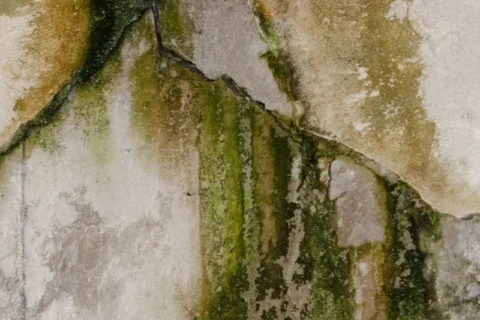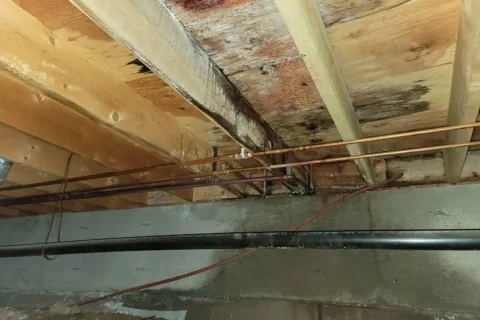How to Keep Your Wisconsin Home’s Basement Dry
For a Wisconsin homeowner who wants to do everything he or she can to keep a basement dry when it rains, the key is preparation and that starts in late summer. There are a number of things a homeowner can do or have done that will go a long way toward keeping water out of the basement.
Clean Gutters – Extended downspouts are very helpful in maintaining a dry basement but if the gutters that drain into them are clogged with debris, the water will sheet over the edge of the roof and never reach the downspouts. Instead, it will end up in that 10-foot “zone of failure” that surrounds the foundation. Prepare for falling leaves by cleaning out spring and summer debris and making sure gutters are solidly attached and not leaking. A one-inch rainfall on the typical Wisconsin home can produce as much as 1500 gallons of water; keeping gutters clean will direct that water where it belongs, not into the basement.
Check Window Wells – Window wells allow air and sunlight into the basement but they can also allow water in when they are not properly maintained. Check to make sure that window well liners are securely attached to the foundation and that wells themselves are free of debris such as lawn clippings, weeds and trash. If the window well has a drain, make sure it is clear; if not, consider having one installed to avoid having the basement window turn into an aquarium with the first downpour. All window wells should have a durable cover to keep the crud out, not a flimsy plastic “bubble” from the big box store.
Extend Downspouts – Water that ends up in the basement starts out in the ground. Some of that is always going to be there and some of it will soak in during periods of heavy rain but there’s no reason to make it worse by allowing downspouts to dump water right next to the foundation. Because of the way a typical new foundation is excavated, the ten-foot space around a home is particularly vulnerable to saturation. When downspouts just end at the corners of a home, all the water shed by the roof during a rain gets concentrated in this area and will likely end up in the basement. Extending downspouts more than ten feet away from the foundation will decrease the likelihood of this happening; running the extensions underground will eliminate unsightly surface piping and leave the extensions far less subject to disturbance by landscapers, high winds and neighbors’ kids.
Ready to Get Started?
Contact Us Today to Schedule a No Pressure, No Obligation, Free Quote!


